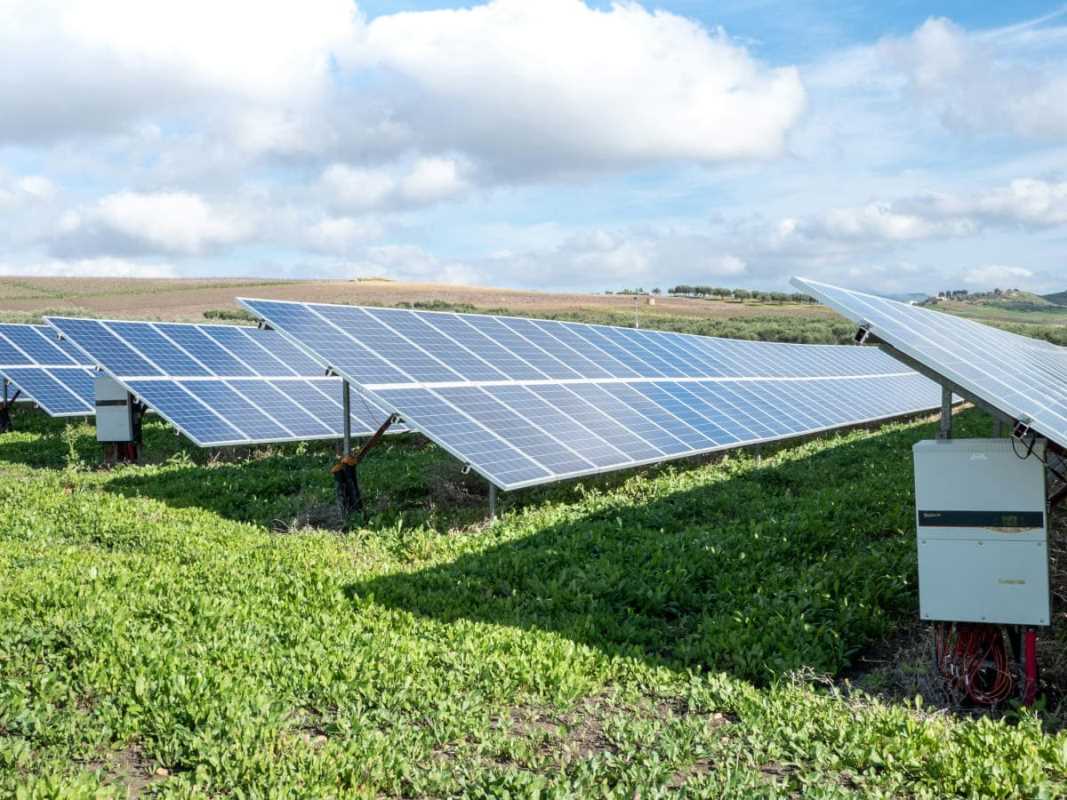Managing tractors, combines, and sprayers scattered over large fields often demands constant attention and coordination. Telemetry systems send information from each piece of equipment straight to your computer or mobile device, making it easy to see where every machine is, how much fuel it uses, and when it needs service. With this immediate access to accurate data, you avoid unnecessary trips to locate equipment and ensure everything runs smoothly during busy planting and harvest seasons. Reliable information fuels decisions that reduce downtime and cut costs, making daily operations more efficient and less stressful for those overseeing mid- to large-scale farms.
Benefits of Farm Machinery Telemetry
- Real-Time Location Tracking: You pinpoint each machine on your map. You avoid duplicate field passes and identify idle units quickly.
- Fuel and Usage Reports: You see which machines consume diesel versus fuel. Data-driven refueling schedules reduce fuel expenses by up to 15%.
- Predictive Maintenance Alerts: You receive engine-health warnings before a breakdown occurs, reducing repair costs and downtime.
- Driver Behavior Monitoring: You track speed and idle time to coach equipment operators toward safer, more efficient habits.
These advantages lead to measurable efficiency. When machines operate at peak performance without surprise breakdowns, you meet planting windows and harvest targets with less stress. On properties spanning hundreds of acres, that reliability maintains your bottom line through busy seasons.
Features to Consider
Start by ensuring compatibility. Some systems connect smoothly with popular brands like John Deere or Case IH, while others work across mixed fleets. Open-platform solutions allow you to connect tractors from multiple manufacturers.
Next, prioritize data detail. Choose setups that log fuel use down to the hour, track engine diagnostics codes, and record working hours. These metrics guide maintenance schedules and help you plan service visits before wear leads to costly repairs.
Select the Right Telemetry System
Every property features unique terrain, field layout, and connectivity challenges. Rural connectivity can fluctuate, so pick a provider with strong cellular or satellite fallback options. Look for equipment that supports offline caching—storing data onboard until it reconnects.
Compare software interfaces as well. A clear dashboard with customizable alerts saves time: set thresholds for fuel alerts, geofence breaches, or hydraulic temperature spikes. Choose an app that pushes notifications via text or email to keep you informed and prevent you from drowning in raw data.
Test systems in real-world conditions. Install trial kits on two or three machines for a season. That hands-on experience reveals how easy it is to install and how responsive the system is during daily use.
Consider additional tools like hardware bundles with vibration sensors or remote lockout switches. These extras might justify a slightly higher monthly fee by preventing theft or detecting worn components early.
Check the quality of vendor support. Reliable phone and online help reduce frustration if gear goes offline. A solid warranty or replacement policy ensures you stay productive through peak season.
Implementation Tips
- Plan Hardware Placement: Mount antennas on each machine’s highest point to maximize signal strength and minimize dead zones.
- Train Operators: Host short demos on how to read alerts and review status screens. Familiarity reduces confusion when alerts appear mid-field.
- Set Alert Thresholds: Create custom alerts for critical metrics—excessive idling, engine temperature spikes, low battery voltage. This prevents data overload.
- Review Weekly Reports: Dedicate time each week to analyze usage reports. Adjust operator routines, refueling stops, or field layouts based on emerging patterns.
Following these steps ensures you collect data and act on it promptly. Consistent review and operator involvement turn the system into a tool for ongoing improvement rather than a forgotten dashboard in the farm office.
Maintenance and Troubleshooting
Regular care keeps telemetry equipment working properly. Inspect cables and antenna mounts monthly. Dust and vibration can loosen connections, causing data gaps. A simple check prevents missing logs during the season.
If a unit stops transmitting, first verify power issues. Confirm the primary connector has full voltage. Then, swap the SIM card or check for network outages. Record each troubleshooting step to address recurring faults more efficiently.
Telemetry combines shop floor and field data into one system, helping you cut fuel waste and prevent breakdowns. It provides clear information to keep equipment running smoothly and maintain schedules.
 (Image via
(Image via





